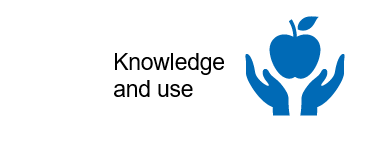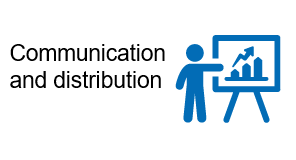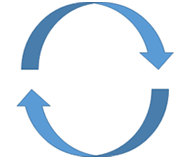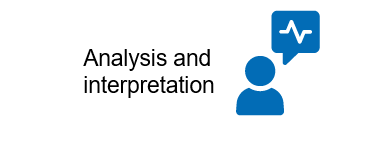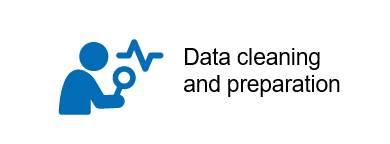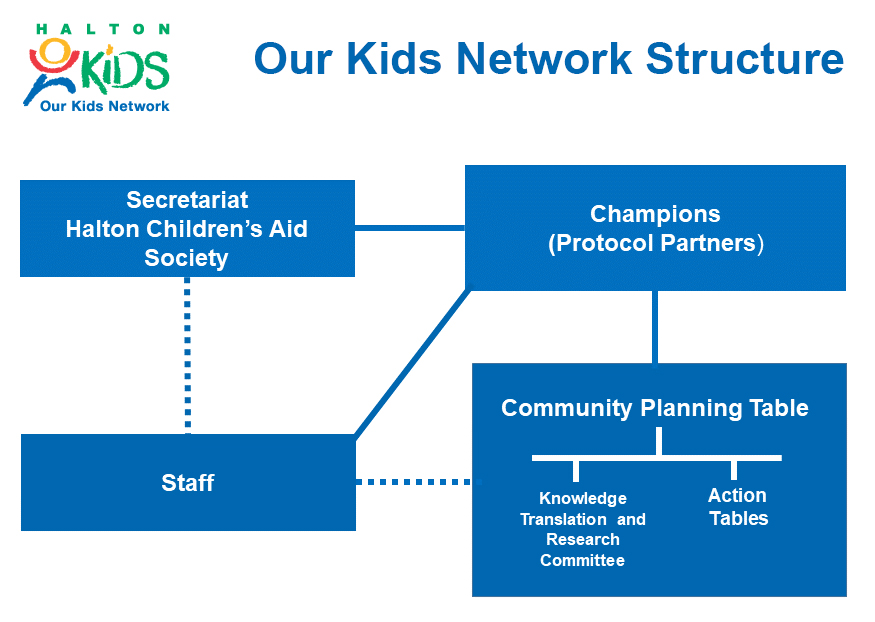Research and Data
When people participate in Our Kids Network surveys, the data collected is meaningful, relevant and useful. The more people participate, the more useful the information becomes.We make data and information open and accessible so everyone can work towards our vision of “all children and youth thrive.”We provide tools and resources for individuals and organizations to interpret and use the data effectively.
Our Kids Network is involved in all 6 stages of the Data Lifecycle

Data Collection Cycle
Since 2003, Our Kids Network has been gathering and sharing information on many different aspects of the lives of children, youth, and families, or what we call Indicators. OKN has created many reports, analyses, and visuals based on this information, beginning with the Community Report Card 2004.
Our Kids Network has 3 standing surveys that are repeated every 3 years.

OKN Data Portal 2.0
The Data Portal is a tool for accessing all of OKN’s data. It allows you to access data for each of Halton’s neighbourhoods, and to visualize the data on a map. Using the data portal, you can gain a better understanding of Halton’s demographics, and make comparisons on how children and youth are doing between Halton neighbourhoods. You can even add your own data to the portal, and see it mapped across Halton.
Data is more than numbers. It’s about asking questions, telling stories and inspiring action. If you have questions, the Data Portal can help you answer them.

Foundational Frameworks
We conduct research and bring community agencies and organizations together to create the positive conditions needed to support all children’s growth and development. We support professionals to improve the well-being of children and families. The Halton 7 are the seven conditions of well-being that we focus on: children and youth are healthy, children and youth are learning, children and youth are positively connected, children and youth are safe, families are strong and stable, schools are connected to the community, neighbourhoods are where we live, work and play.

